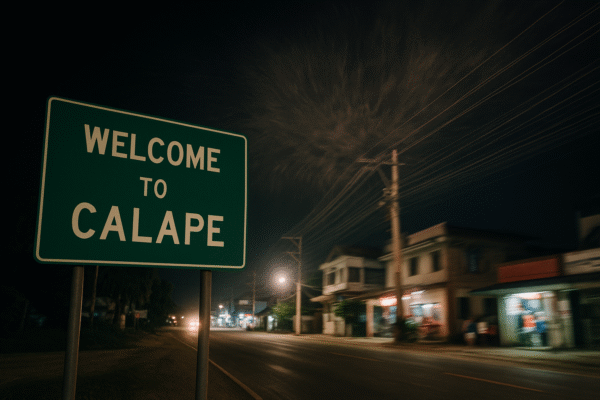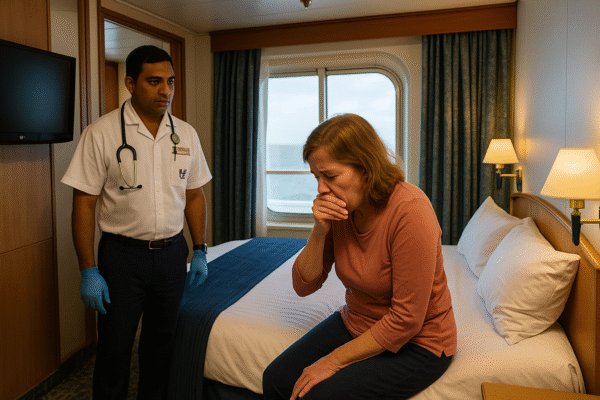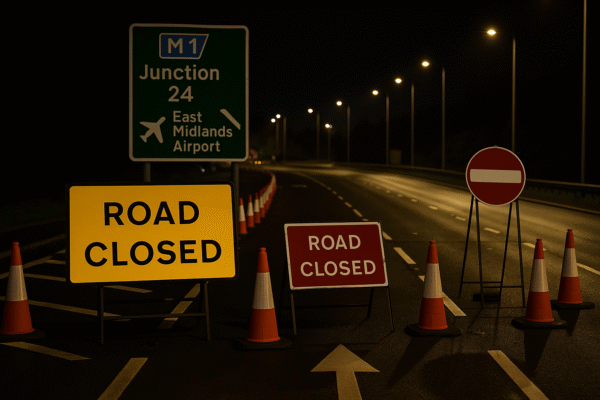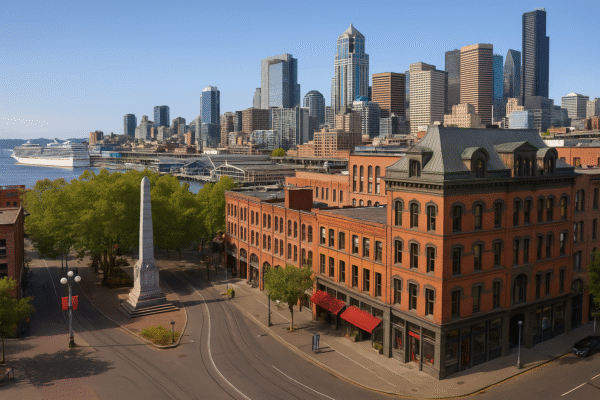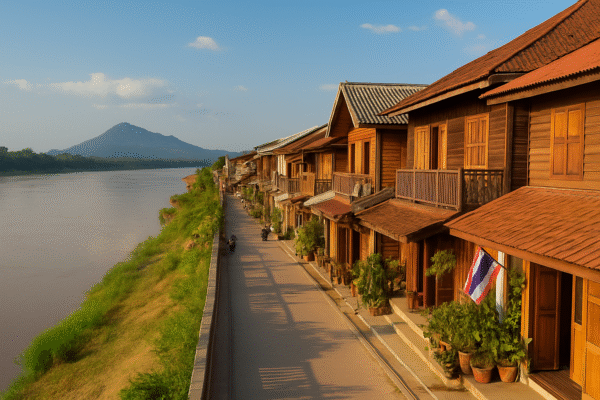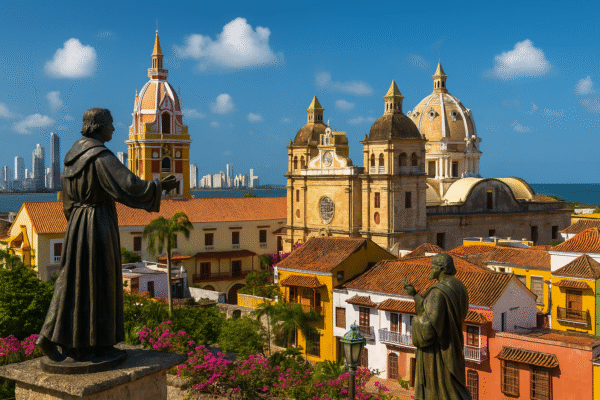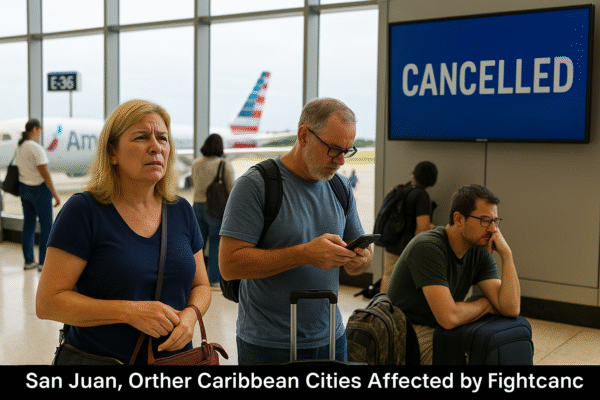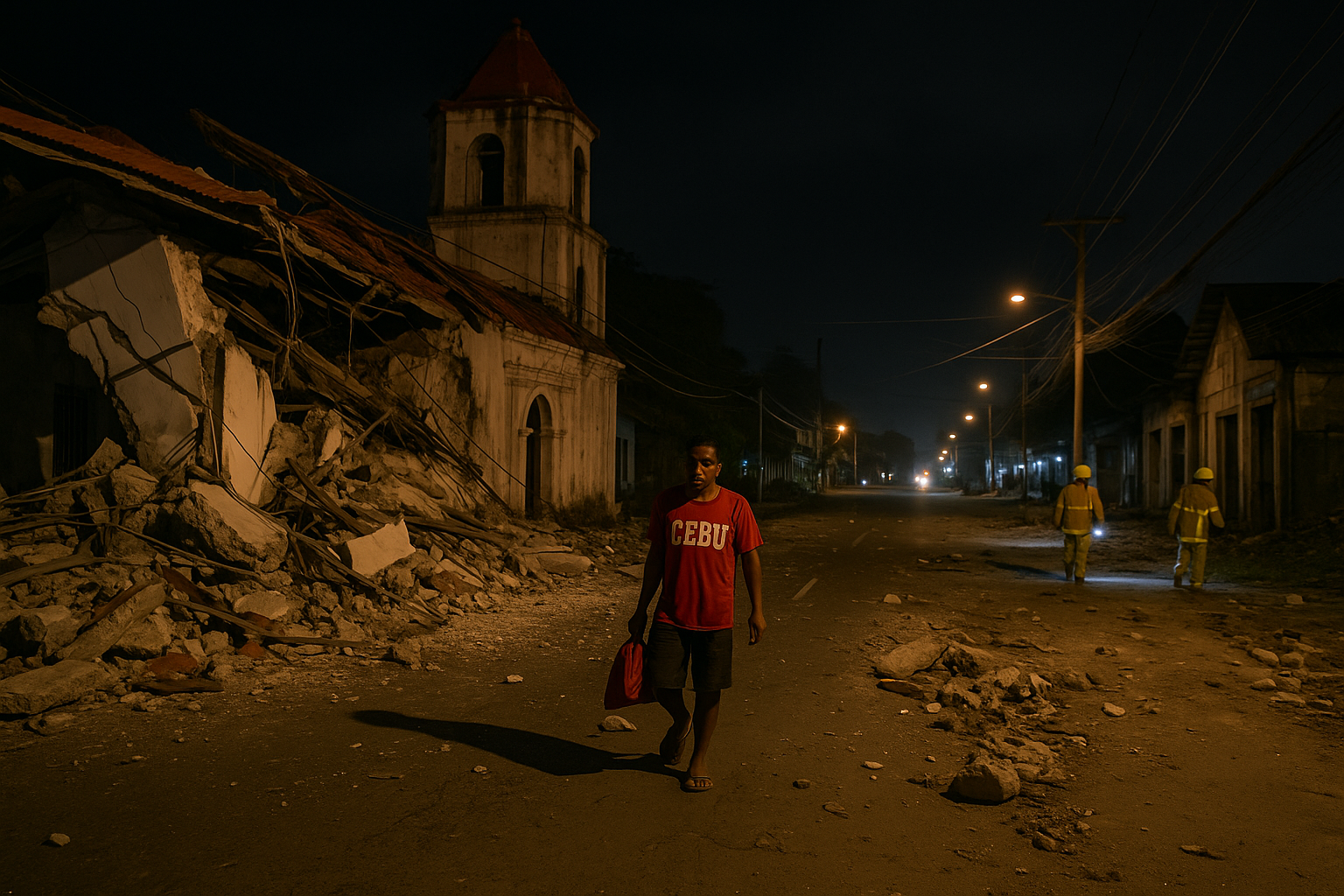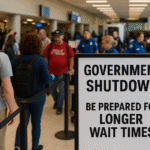Cebu, one of the Philippines’ top tourism and cultural hubs, now finds itself in crisis after a magnitude 6.9 earthquake shook the region late Tuesday night. The quake struck near Bogo City in northern Cebu, leaving at least 60 people dead and many more injured. Officials fear the numbers could still rise as search and rescue efforts continue in affected towns.
The shallow depth of the earthquake amplified its destructive power, collapsing homes, cracking vital road networks, and causing widespread blackouts across the province. The disaster has disrupted not only daily life but also the vital tourism economy that fuels Cebu and surrounding islands.
Rescue Teams Struggle Amid Blackouts
Emergency response teams in Bogo and San Remigio mobilized quickly, but operations proved challenging in pitch-dark conditions caused by power failures. With electricity grids down, responders relied on limited generators and handheld lights to search through debris for survivors. Aftershocks measuring above magnitude 5.0 further complicated rescue operations, forcing both residents and tourists to spend the night in open spaces for safety.
Despite the danger, firefighters, medical teams, and volunteers pushed forward. Their stories reflect both bravery and vulnerability. In Bogo, firefighter Rey Cañete shared how his team suffered injuries while trying to evacuate during the violent shaking, a reminder that even rescuers faced life-threatening risks.
Impact on Cebu’s Tourism and Cultural Landmarks
Cebu, a destination known for white-sand beaches, diving spots, and heritage towns, faces a severe tourism challenge. The quake damaged key landmarks and tourism sites. Bantayan Island, a popular stop for beachgoers and history lovers, reported the collapse of a commercial building and a school. More tragically, its centuries-old church, a magnet for religious tourism, sustained heavy structural damage.
Local residents expressed heartbreak as heritage structures that once symbolized faith and pride crumbled in seconds. For an island that thrives on tourism, the destruction of iconic sites creates uncertainty for the future of visitor arrivals and cultural preservation.
Disruptions Across Travel Routes
Tourism relies heavily on Cebu’s accessibility, but the earthquake left travel in disarray. The National Grid reported widespread power outages that rippled across central islands. Airports delayed or rerouted flights as authorities inspected runways and terminals for cracks. Ferry operations were canceled while port officials checked for damage to piers and docking facilities.
For tourists already on the island, the blackout created frustration as hotels and resorts struggled to provide basic services without electricity. Internet and phone signals dropped in several municipalities, leaving visitors stranded without clear information. Road blockages also cut off access to rural areas, disrupting not only transport but also the livelihoods of small businesses dependent on tourism.
Government Issues Safety Warnings
Governor Pamela Baricuatro urged both locals and tourists to stay in open areas and avoid weakened buildings. She emphasized vigilance during aftershocks and assured that authorities continue to monitor risks. These advisories aimed not only at protecting lives but also at reassuring travelers that safety remains a top priority in the region.
Her statements highlighted the delicate balance between disaster response and tourism management. Cebu’s government now faces the dual challenge of ensuring public safety while gradually restoring confidence among international and domestic visitors.
Cebu Tourism at a Crossroads
The Philippines has long promoted Cebu as a gateway to natural and cultural wonders. Each year, thousands arrive to explore its diving sites, whale shark encounters, centuries-old churches, and vibrant festivals. This earthquake, however, exposes the fragility of its infrastructure. Aging structures, under-maintained roads, and power systems left the island vulnerable.
In the coming months, tourism sentiment may shift. International tour operators will likely reassess safety protocols, while local businesses may struggle to reopen. The incident has also reignited debates about whether stricter building codes should be enforced in tourism-heavy areas, especially for hotels, resorts, and transport hubs. Resilient infrastructure now stands as a vital requirement for long-term recovery.
Relief Over No Tsunami Risk
While the quake’s intensity raised fears of a tsunami, the Pacific Tsunami Warning Center confirmed no immediate threat. This announcement provided relief to coastal towns and tourists anxiously monitoring the sea. Still, the absence of a tsunami did little to ease the trauma of collapsed buildings, fractured roads, and relentless aftershocks.
Preparing for Future Tourism Resilience
The Cebu earthquake serves as a stark reminder of how natural disasters intersect with travel safety and economic resilience. For tourism stakeholders, the event underscores the importance of disaster preparedness plans that prioritize visitor mobility, evacuation protocols, and backup systems for power and communication.
As the Philippines channels resources into rescue and rehabilitation, global attention remains fixed on how Cebu will rebuild not just its communities but also its tourism appeal. The resilience of its infrastructure, the safety of its heritage landmarks, and the confidence of future travelers will determine the island’s recovery path.
Conclusion
Cebu’s tragedy reveals both the vulnerability and resilience of a region that depends deeply on tourism. While blackouts, cracked roads, and damaged landmarks cast shadows over its future, the courage of responders and the government’s focus on safety provide hope. Tourists may hesitate in the short term, but with stronger infrastructure and coordinated recovery, Cebu can once again rise as one of the Philippines’ most cherished destinations.
For more travel news like this, keep reading Global Travel Wire




